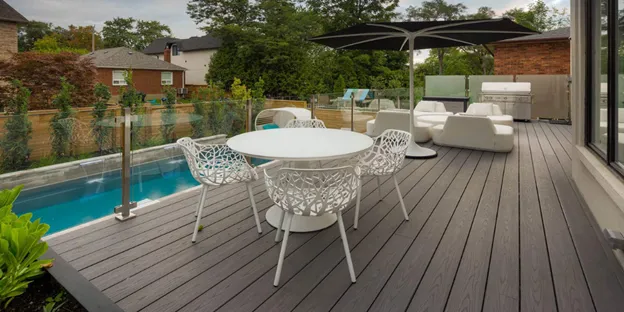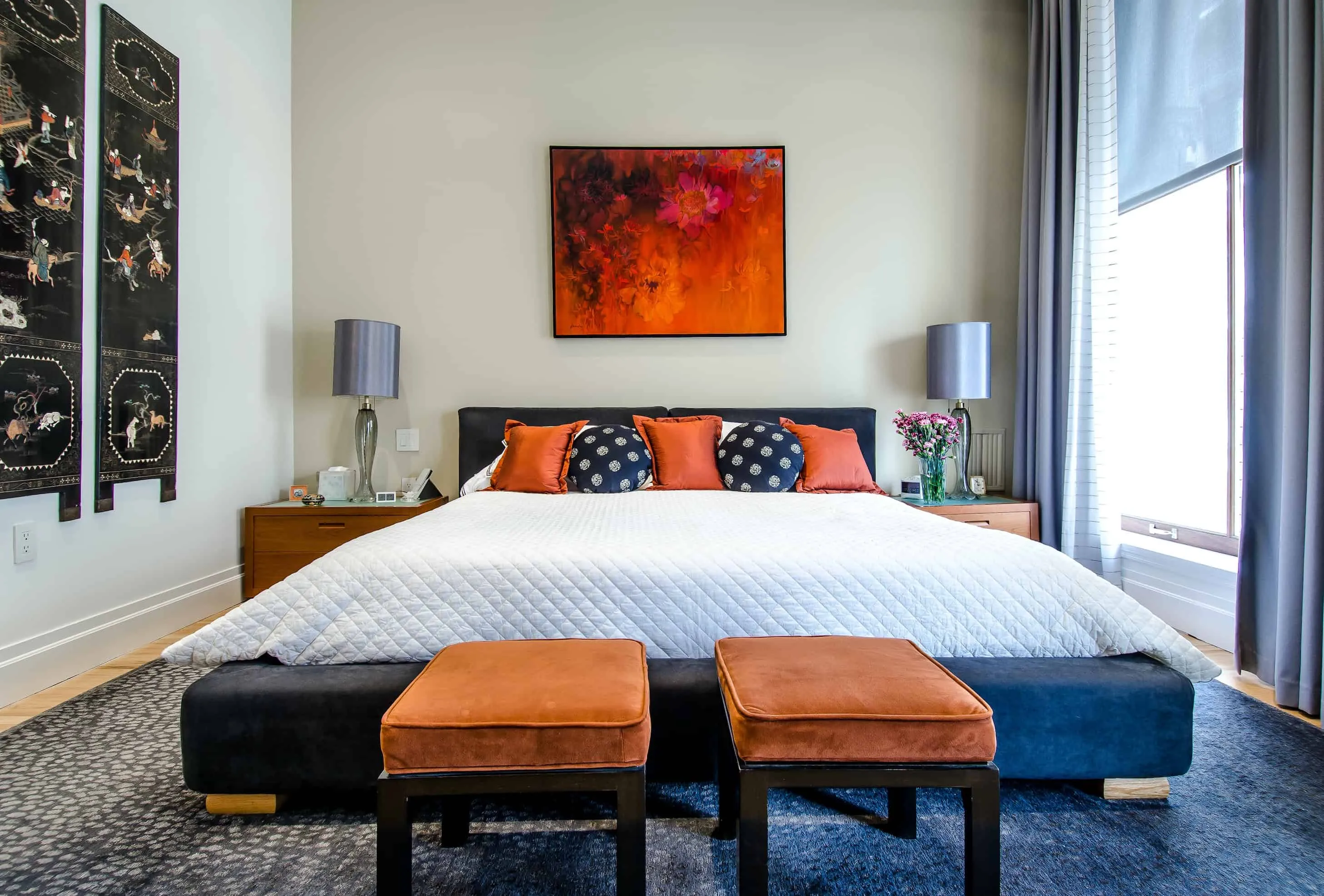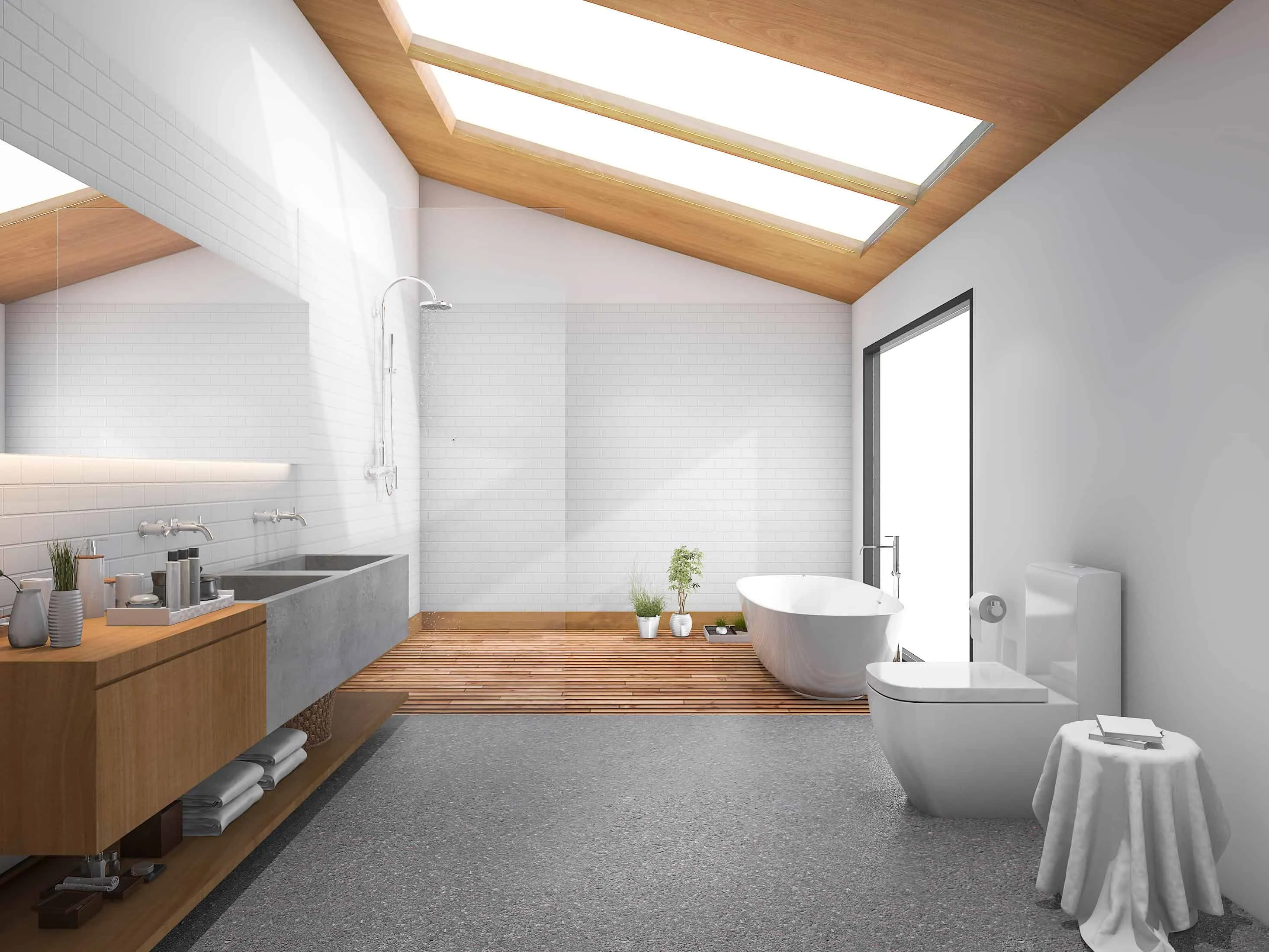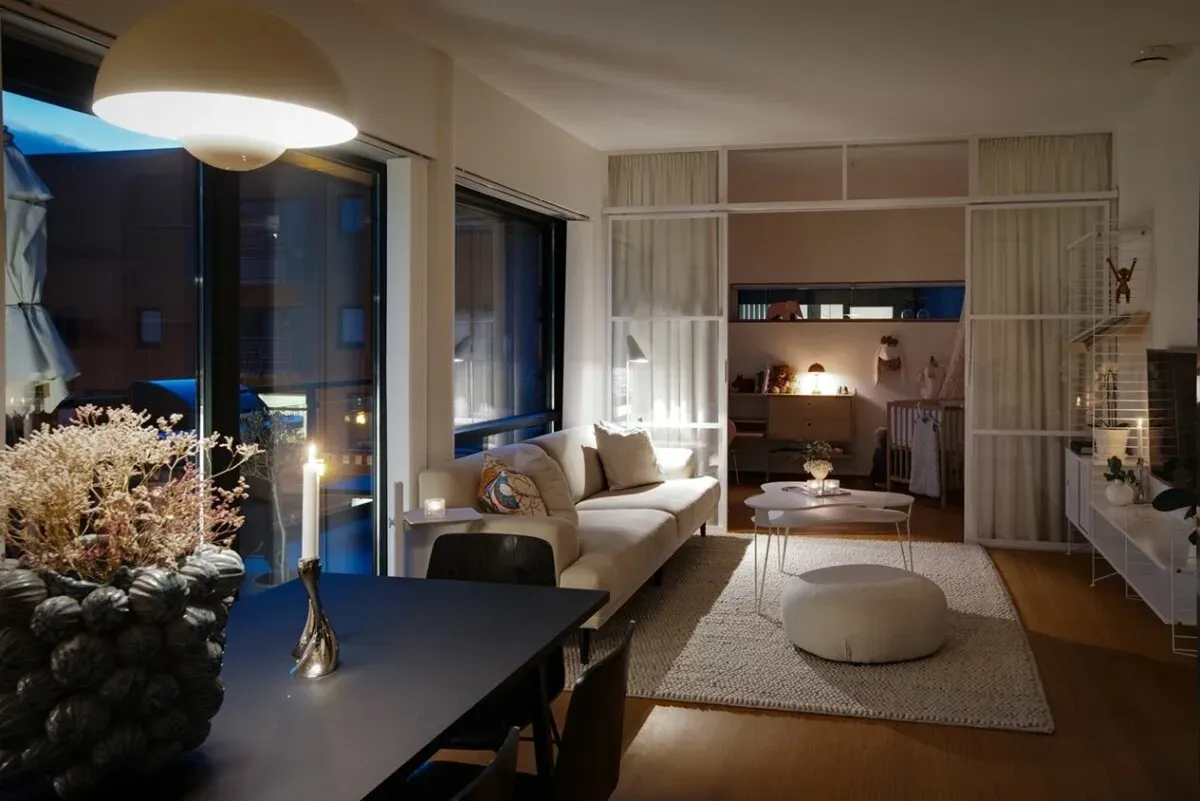There can be your advertisement
300x150
How to Choose the Best Material for Your Deck
 Image credit: ME contracting real project
Image credit: ME contracting real projectIn the 1980s, homeowners discovered that their yard could be used as an extension of living space, and outdoor decks quickly gained popularity. In fact, the current pandemic has encouraged homeowners to create additional warm and safe spaces for outdoor relaxation, making this style even more popular. To help you build the perfect deck, it's important to stay updated on the latest trends. This will make your home stand out from others and increase its appeal to future buyers.
Moreover, as interest in both interior and exterior spaces grows, outdoor areas are also being designed and decorated just like indoor ones. Of course, choosing the material for your deck is the first step toward creating a better design. The right choice of deck material can be one of the most important decisions when building. Different circumstances require different types of decks, and each material has its own design features, maintenance requirements, and other important factors. Therefore, the best deck material depends on your personal preferences and practical needs.
With that in mind, there are many common materials for decks including natural wood, synthetic materials, and composites. Therefore, it's important to research before choosing a deck material, understand the pros and cons of each option, and consider the level of maintenance required to keep your deck looking great for years. We've written this article to help you learn more about the best options for decks in your home in 2022. Below, you'll find some of the most popular deck materials and factors to consider when choosing them.
Which Material Is Right for You?
When selecting a material for your home deck, various types of materials available in 2022 should be considered. Fortunately, M.E. Contracting, one of the best landscape companies in Toronto, is ready to help you with their years of experience building decks.
Therefore, our deck guide will help you identify the best materials for your deck, as well as design trends and installation tips. You can learn more about how well materials resist stains, scratches, and fading, as well as how our experts evaluate the appearance of products. Given the wide range of materials available today, including premium wood species and low-maintenance synthetic options, continue reading to learn more about different deck materials.
Hardwood Materials
For homeowners looking to create a more natural outdoor relaxation area, hardwood offers the warmest and most natural feel among deck materials in 2022. For example, combining traditional wood with stone creates a deck that looks elegant and classic. However, choosing any hardwood material often involves compromise since you'll need to maintain it to preserve its natural beauty.
Considering this, it's important to consider not only the aesthetic and maintenance requirements of deck materials but also their overall pros and cons, as well as cost. Despite the obvious advantages of hardwood solutions such as cedar decks, there are several drawbacks that may discourage people from choosing this option. So let's begin.
PROS: Depending on the species, there are various benefits. Redwood and cedar have beautiful patterns and coloration, as well as natural resistance to rot. Tropical wood species like IPE and mahogany are both beautiful and durable. Pressure-treated wood is a budget-friendly option that's easy to work with and flexible.
CONS: All hardwood materials require recoating about once a year to prevent cracking and splintering. The lifespan of a hardwood deck is around 15 years. Additionally, hardwood decks are quite expensive, especially if you choose cedar, redwood, or one of the tropical species. Chemicals used to protect against rot and insects are also not very popular with consumers.
PRICING: Pressure-treated pine costs $2 to $5 per square foot, cedar is $3 to $7 per square foot, redwood ranges from $5 to $30 per square foot, and IPE is priced from $10 to $30 per square foot.
Synthetic Decking Materials
PVC or polyethylene synthetic decking ranks second among the best deck materials. Although this type of deck is less common than composite materials, it's still worth considering for budget-conscious homeowners. Some vinyl decking solutions on the market can start at less than $5 per square foot.
Any homeowner who has ever had to clean their deck with a pressure washer or even scrape mold, mildew, dust and dirt off a previously perfect deck will envy the incredibly low maintenance and accessibility of vinyl decking. So if you want to build a new deck or replace an old one, synthetic deck material could be the answer.
PROS: Synthetic decking is weather-resistant and doesn't require staining. Compared to other deck materials, it's lighter and easier to work with. The wide range of color options and ease of maintenance are two of its main advantages.
CONS: Compared to wood decking, vinyl has one major limitation: it's not made from real wood. Therefore, its appearance and feel differ from wooden decks. However, vinyl decking that can be made with hollow or solid PVC components can be crafted to look like real wood (especially the solid parts).
PRICING: $5 to $13 per square foot
Composite Decking Materials
Composite decking is the latest option on our list of best deck materials for your home in 2022. There are many types of composite decking available. The term 'composite' usually refers to mixing different components to create a new finished product. Professionals typically use only a few proven brands such as Trex, TimberTech and Fiberon for Toronto deck projects. Each of these brands has unique features and maintenance requirements.
However, realistic patterns and color combinations of composite decking boards that mimic the appearance of real wood offer natural diversity. In addition, composite decking is known for its high resistance to scratches, although this varies between models and price tiers within each brand. Let's look at the pros and cons of this increasingly popular deck material in Toronto, as well as its cost.
PROS: Composite decking does not require staining or finishing because it is made from wood and plastic fibers. Modern formulas may include a plastic coating on one or both sides to prevent mold growth. The durability of composite decking against external factors is just one of its many advantages. Additionally, composites are available in various shades.
CONS: While premium composite lines may look the most luxurious, according to our experts they can be more expensive than hardwood materials. Installing composite decking is also complex for professional deck installation companies in Toronto, especially for the average homeowner.
PRICING: $15 to $36 per square foot
Prepare Your Home for a Stylish Deck with M.E. Contracting
We hope that after reading our article on the best deck materials for your home, you gain a better understanding of the pros and cons of various types of decking materials that can be installed on your property.
We can help bring any 2022 deck material idea to life, no matter what appeals to you. You can transform any outdoor relaxation area with our products, including natural wood decks, synthetic and composite decks. Nevertheless, creating a modern deck in Toronto doesn't have to be a difficult task. Schedule M.E. Contracting as your team as soon as possible. They will find inspiration, determine your design and monitor the progress of your project.
More articles:
 How to Make Your Multifamily Home Attractive to Tenants
How to Make Your Multifamily Home Attractive to Tenants How to Maintain and Care for Plumbing Systems: A Detailed Guide
How to Maintain and Care for Plumbing Systems: A Detailed Guide How to Make Your Bedroom Luxurious for Less Money
How to Make Your Bedroom Luxurious for Less Money HOW TO MAKE A DECORATIVE CHRISTMAS TREE FROM MOSS
HOW TO MAKE A DECORATIVE CHRISTMAS TREE FROM MOSS How to Make a Pumpkin for Halloween
How to Make a Pumpkin for Halloween How to Make Your Home Look Elegant
How to Make Your Home Look Elegant How to Make Your Home Cozier with Soft Lighting
How to Make Your Home Cozier with Soft Lighting How to Make a Living Room Cozier?
How to Make a Living Room Cozier?